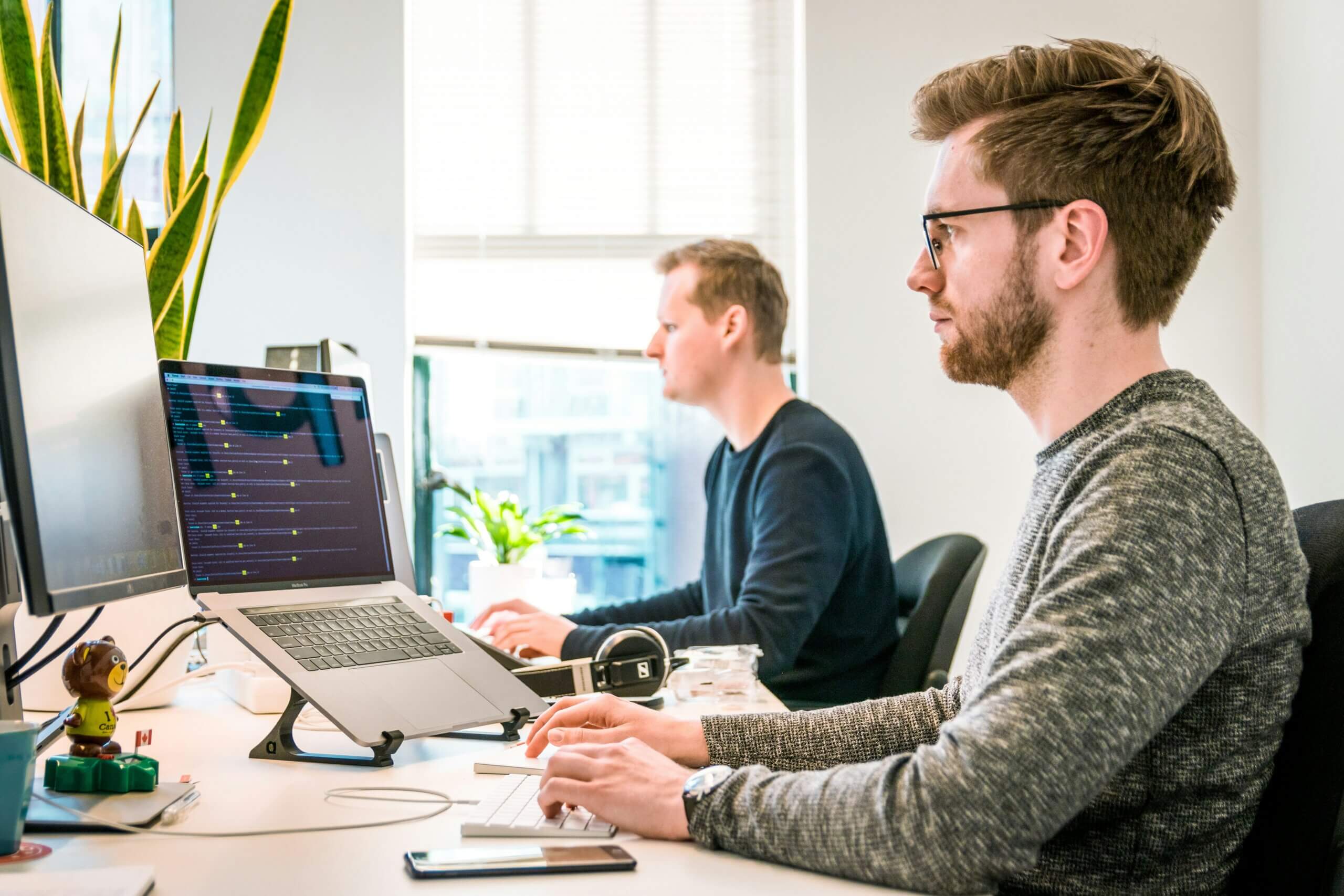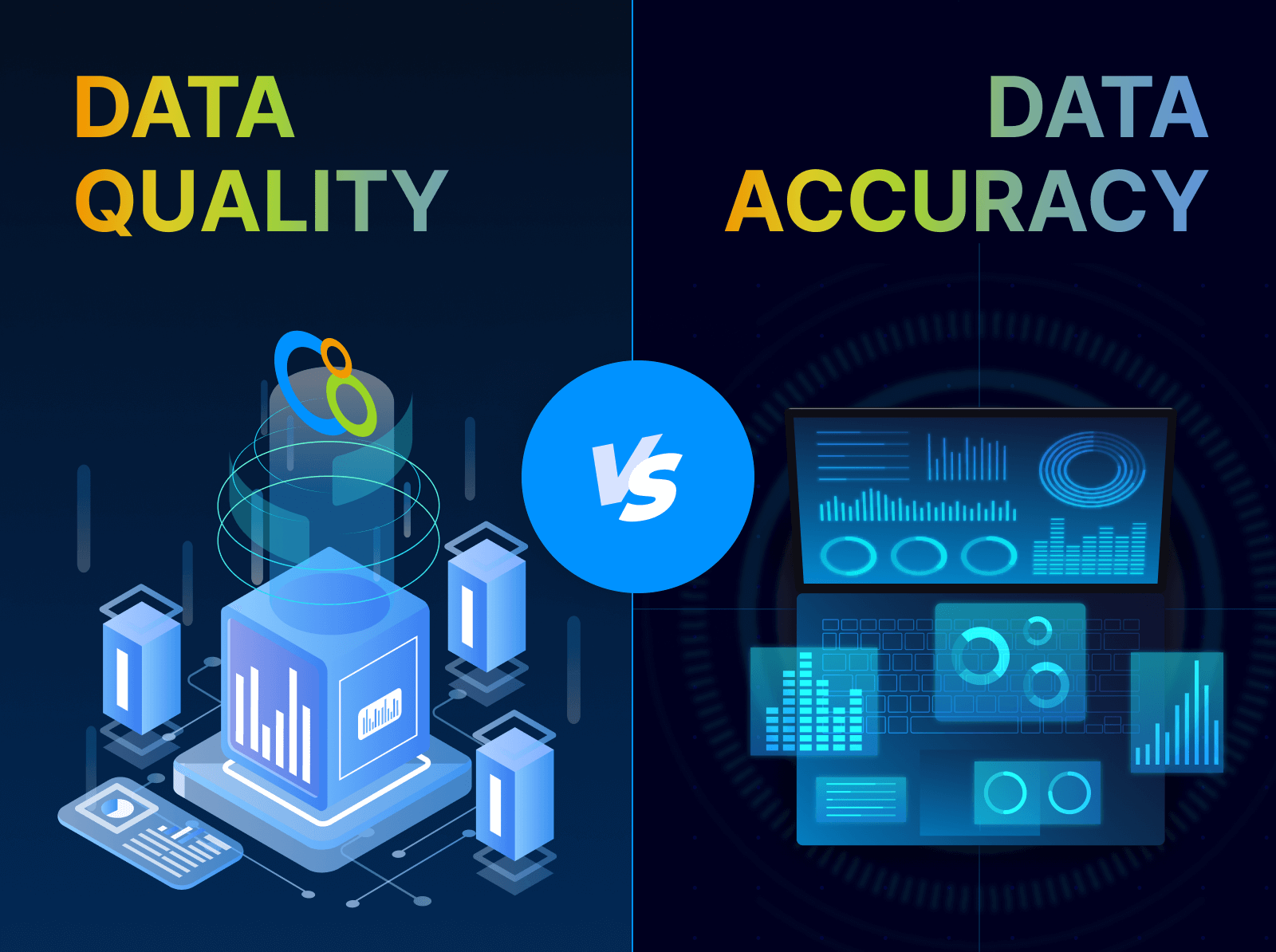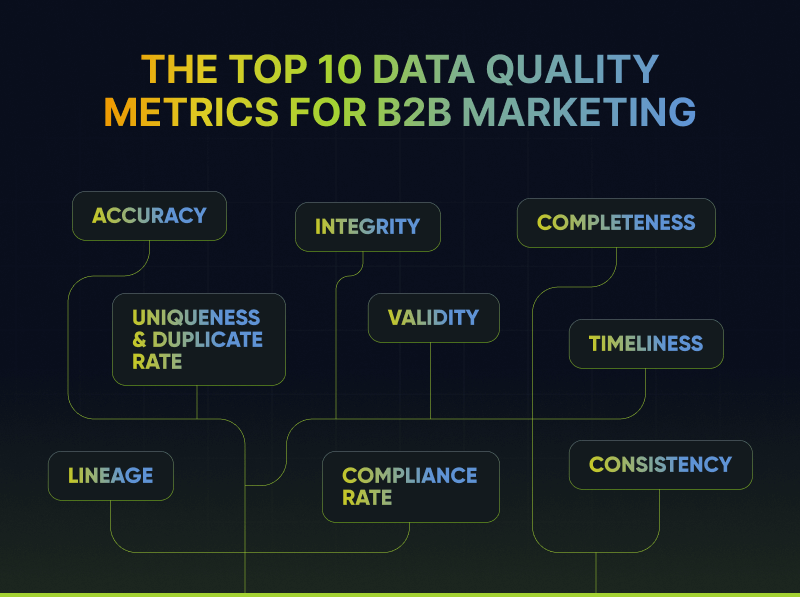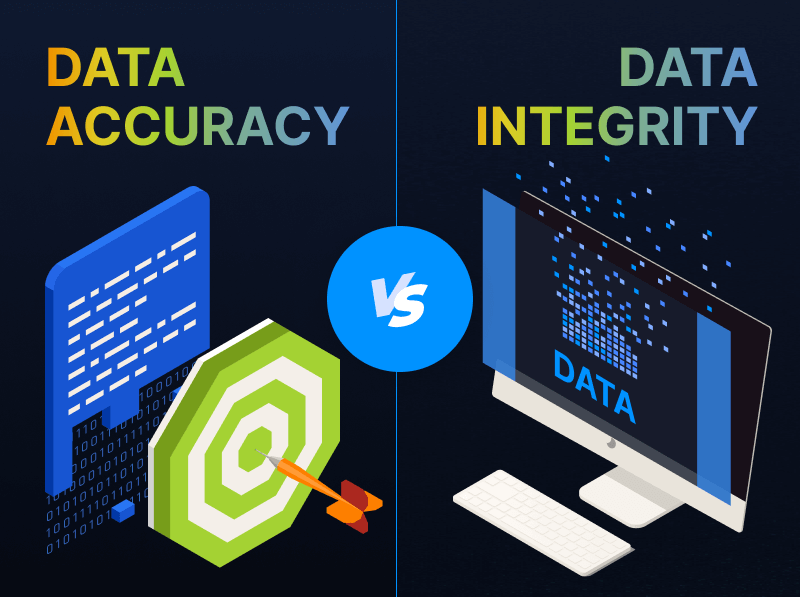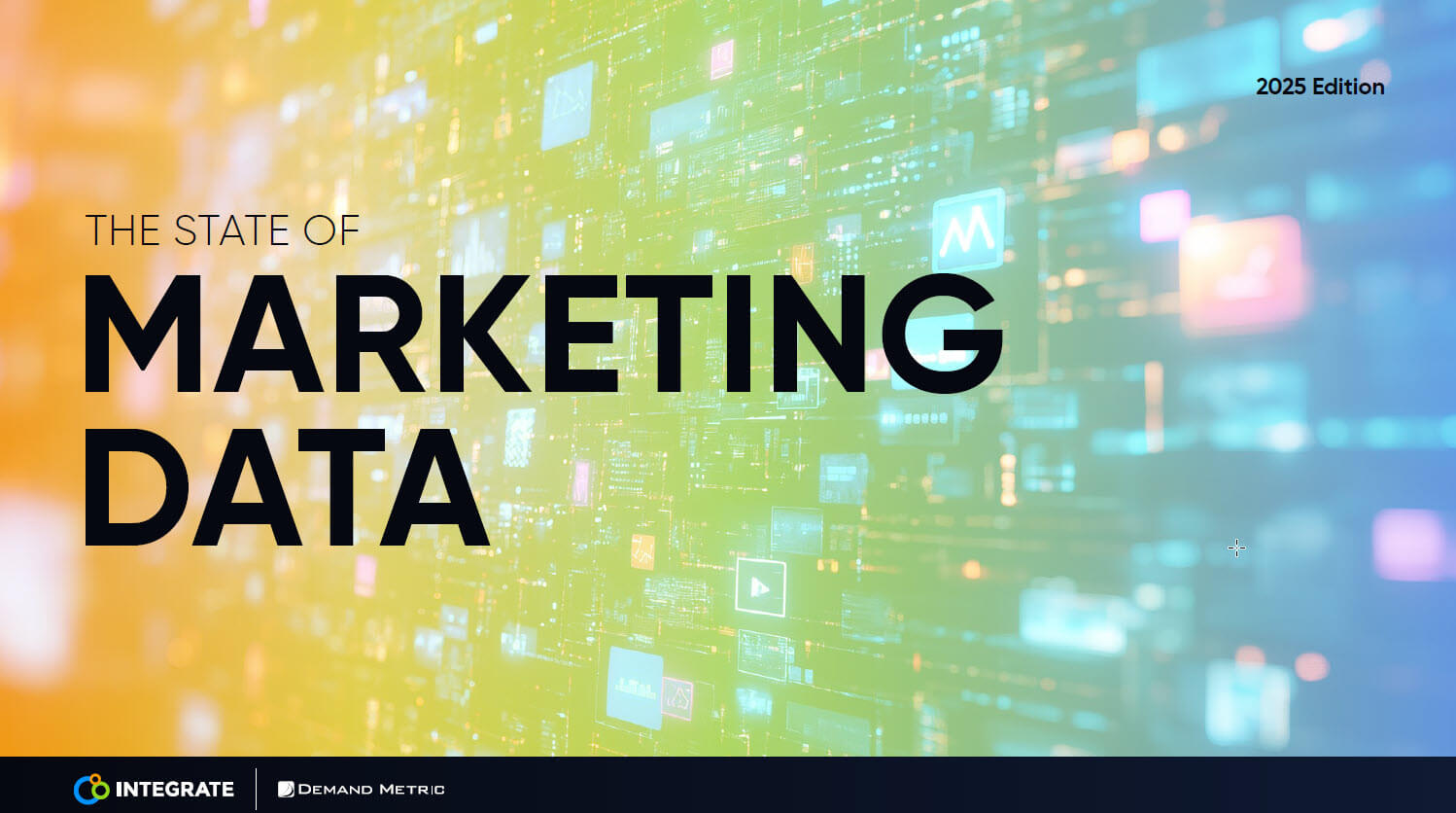How to Manage a Global Events Strategy
We all know that trade shows, congresses and events offer some of the best opportunities for businesses to generate new leads. So it makes sense that many of the world’s leading businesses exhibit at events in different states, countries and continents.
How do these businesses manage their events on a global scale? How do you balance regional requirements with the need for a unified events strategy and standardised events data, as all your regions and events work towards the same top-level goals?
In this article we’re looking at some of the most important things to consider when scaling your events around the world.
Think Local
When it comes to booth staffing, think local first. For us at Integrate, we’ve found this to be the case, even when we’re exhibiting in the USA. Bringing some of our US team members onto the booth adds familiarity and legitimacy to your team’s presence – especially if your business doesn’t have a physical location in the country you’re exhibiting in.
The same applies to suppliers: it’s often easier to work with suppliers who are local to the event, rather than local to you. Especially if they need to deliver or set-up in the venue, the logistics will be more straightforward to manage if they’re just going across the city rather than to a different country.
Consider your Business Objectives
Do your top-level objectives change when you’re exhibiting in different regions? It’s likely they should: you may introduce different products to new regions at different times, so while you’re prioritizing new business leads in one region, you might be focused on press coverage, brand recognition and launching a new product in another.
Remember that the goals for one event in one location won’t necessarily be the same across all your events. And that’s fine – as long as they all feed in to your overall events strategy.
The Importance of Standardized Data and Metrics
One of the best ways to align your global events is if you have a shared, standardized method of collecting lead data at your events, and report on the same metrics.
A standardized lead capture process will help keep your CRM system clean and make it easier for your sales and marketing teams to follow-up with leads appropriately.
Lisa Jeller, Marketing and Event Manager at EventMobi shared how a standardized lead collection process has helped EventMobi manage their global events:
“I manage marketing and events for our European office in Berlin, whereas my colleague Danielle handles North America. Despite the continental and cultural divide, we can mirror each other’s work and share best practices through Integrate Events. It really does take the guesswork out of capturing and integrating leads.”
Lisa Jeller, Marketing and Event Manager, EventMobi
Developing a Cohesive Strategy
One of the biggest challenges is communicating and working towards a joined-up overall events strategy. It’s useful to consider what your overall goals are when exhibiting at events.
Is your priority meeting existing customers for relationship building and account expansion? Are your events the main source of new business leads? Or are they a publicity exercise, aimed a building your brand reputation more than anything else?
Aligning all of your regions around the same goal will help create cohesion. Shared metrics, lead routing and reporting process will also help to focus all your teams around the same goal.
Plan the Follow-up
The success of your events is closely linked to the way leads are processed and followed-up with in the days and weeks after the show. Research shows that the longer it takes for companies to follow-up with leads, the less likely they are to close a sale.
For local events, it’s quite easy to plan and prioritize follow-up. In some cases it may even be that the rep who collects the lead is the person who does the post-event follow-up. But at a global show, how do you ensure your leads are appropriately followed-up?
Jacquelyn Burrell, Director of Events, explained how using Integrate Events has helped Instructure improve their follow-up process:
“We set up Integrate Events across four separate business units: EMEA, US, APAC, and LATAM. It used to take 2-4 weeks to process leads from our events. Using Integrate Events, we can follow up with hot leads within an hour.” Jacquelyn Burrell, Director of Events, Instructure
Something as simple as splitting your show leads by region can really help your team understand who follows up with each rep, and make sure none of your leads are overlooked.


